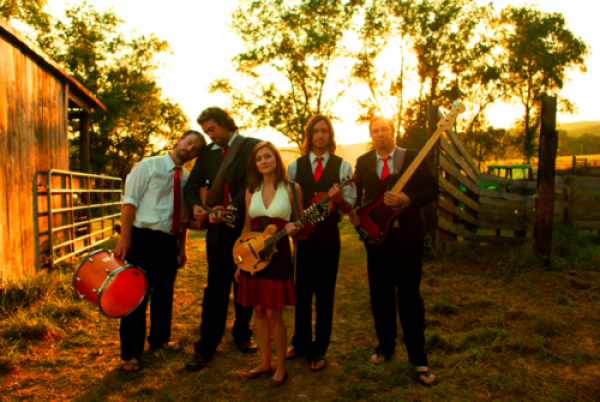Solomon R. Guggenheim Museum
1071 Fifth Ave. at 89th St.
Friday – Wednesday through May 13, $18 (pay-what-you-wish Saturday 5:45-7:45)
212-423-3587
www.guggenheim.org
It is a shame that Indiana-born, Chicago-raised sculptor John Chamberlain didn’t live long enough to see the revelatory career retrospective at the Guggenheim, on view through May 13. While working with the museum on the exhibition, Chamberlain passed away in December at the age of eighty-four, but he left behind a legacy that flourishes at this outstanding show. Chamberlain’s most familiar oeuvre, twisted metal sculptures made from car parts, along with splendid works made from other materials, are laid out chronologically through Frank Lloyd Wright’s twisting passageway, with the first thing that jumps out at visitors being the color. Chamberlain’s automobile sculptures are like three-dimensional Abstract Expressionist and Pop paintings that have jumped off the canvas, breathing with an inner life that is intoxicating. The works, lush with blues, greens, yellows, and reds, are not mere mash-ups of fenders and front quarter panels but are carefully constructed and painted steel sculptures with such playful names as “Lord Suckfist,” “Miss Lucy Pink,” “Hatband,” “Sugar Tit,” and “Rooster Starfoot.” Chamberlain said, “It’s all in the fit,” and the works at the Guggenheim fit together extremely well. “The Devil and the Deep Blue Sea” resembles a quartet of Balzac-like figures. A series of untitled square collages from the early 1960s hang on the walls like oil canvases, except their various elements jut out into space.
In the mid-1960s, Chamberlain began experimenting with lacquer, Formica, and foam, resulting in such works as “Untitled #7,” a sculpture of fruit made from urethane foam, cord, cloth, paint, and wooden beads, and “Couch,” a foam installation on which visitors can take a seat or lie down. Chamberlain continued working through to the very end, using materials from vintage cars to create such pieces as “HAWKFLIESAGAIN” and “PEAUDESOIEMUSIC” over the last two years, in addition to the twisted aluminum “SPHINXGRIN TWO,” which stands in the museum’s rotunda, and the steel “C’ESTZESTY” that rises outside on Fifth Ave. In some ways Chamberlain can also be seen as an early recycler, his works reusing materials that were not merely found objects but specifically chosen, now gathered at the Guggenheim in a dazzling display that justly celebrates this great American artist. In conjunction with “John Chamberlain: Choices,” on May 8 artist Amy Sillman will lead an Eye to Eye private gallery tour of the show, on May 10 the Divine Ricochet Music Series concludes with a performance in the rotunda by Zola Jesus with JG Thirlwell, and on May 12 artist and conservator Corey D’Augustine will teach the all-day workshop “AbEx3D: Abstract Expressionism in Sculpture.”
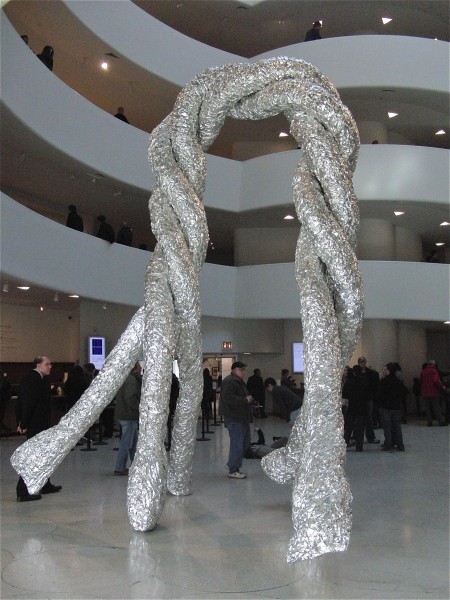
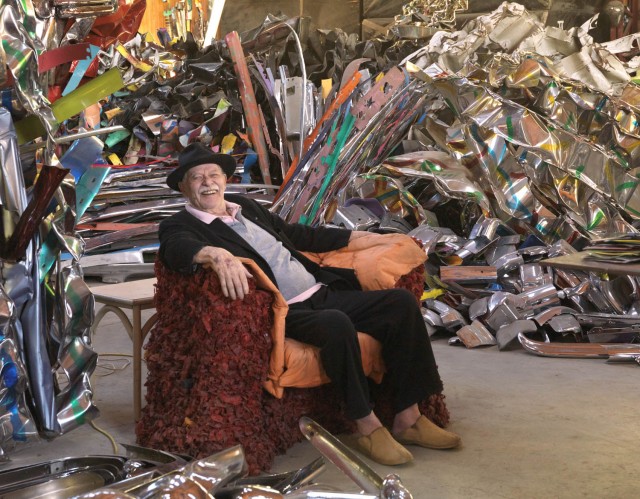
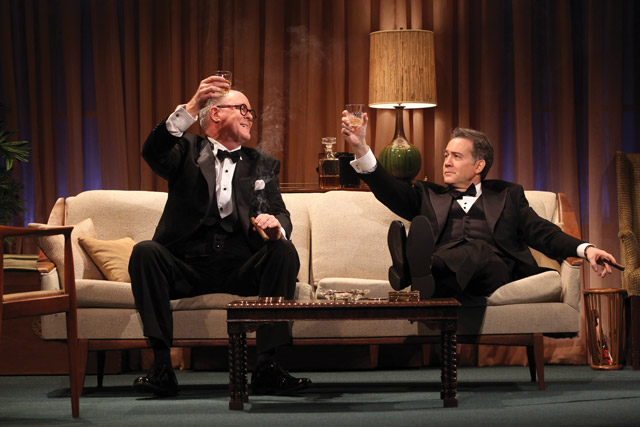
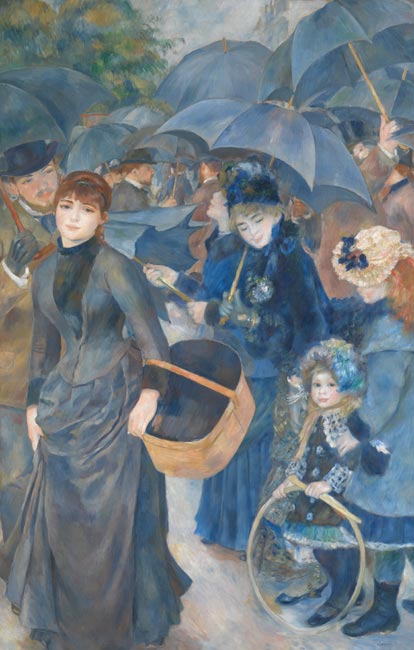
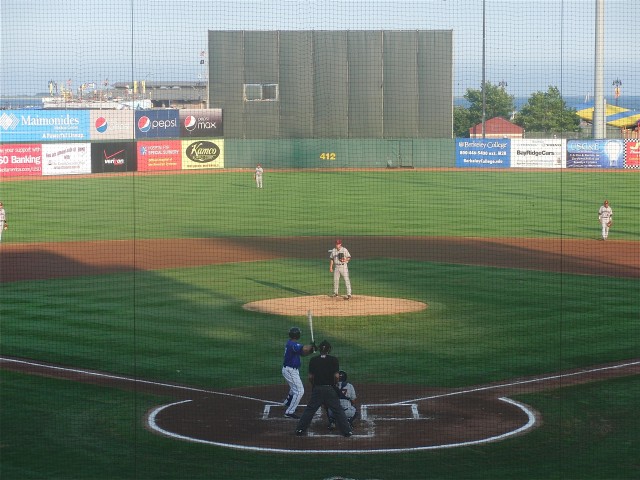
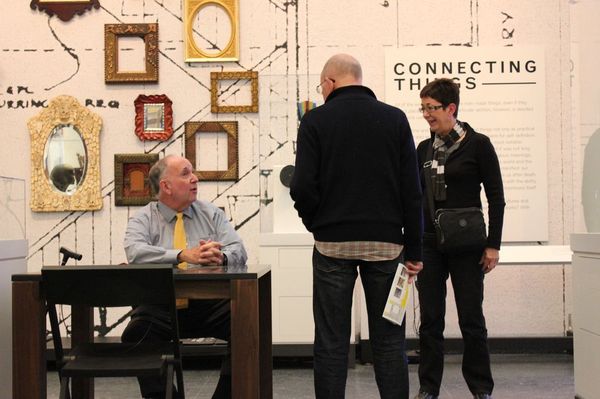
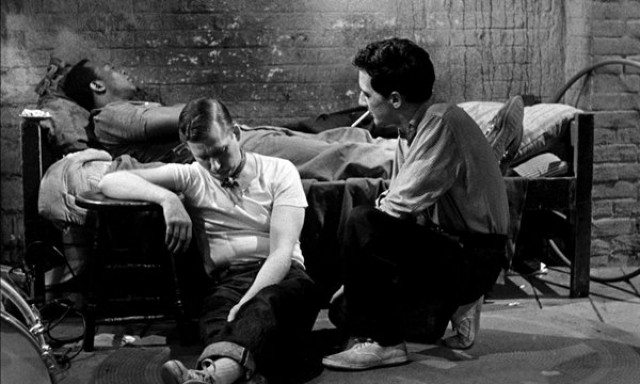
 “Now look, you cats may know more about junk, see,” square film director Jim Dunn (William Redfield) says midway through The Connection, “but let me swing with this movie, huh?” Adapted by Jack Gelber from his play and directed and edited by Shirley Clarke, The Connection is a gritty tale of drug addicts awaiting their fix that was banned for obscenity after only two matinee screenings back in October 1962. It opens in a sharp new fiftieth-anniversary print on May 4 at the IFC Center, beautifully restored by Ross Lipman of the UCLA Film & Television Archive. In a New York City loft, eight men are waiting for their man: Leach (Warren Finnerty), the ringleader who has an oozing scab on his neck; Solly (Jerome Raphael), an intelligent philosopher who speaks poetically about the state of the world; Ernie (Garry Goodrow), a sad-sack complainer who has pawned his horn but still clutches tight to the mouthpiece as if it were a pacifier; Sam (Jim Anderson), a happy dude who tells rambling stories while spinning a hula hoop; and a jazz quartet consisting of real-life musicians Freddie Redd on piano, Jackie McLean on sax, Larry Richie on drums, and Michael Mattos on bass. Dunn and his cameraman, J. J. Burden (Roscoe Lee Browne), are in the apartment filming the men as Dunn tries to up the drama to make it more cinematic as well as more genuine. “Don’t be afraid, man,” Leach tells him. “It’s just your movie. It’s not real.” When Cowboy (Carl Lee) ultimately shows with the stuff, Bible-thumping Sister Salvation (Barbara Winchester) at his side, things take a decidedly more drastic turn. Mixing elements of the French New Wave with a John Cassavetes sensibility and cinema verité style, Clarke has made an underground indie classic that moves to the beat of an addict’s craving and eventual fix. Shot in a luridly arresting black-and-white by Arthur Ornitz, The Connection is like one long be-bop jazz song, giving plenty of time for each player to take his solo, with standout performances by McLean musically and Raphael verbally. The film-within-a-film narrative allows Clarke to experiment with the mechanics of cinema and challenge the audience; when Dunn talks directly into the camera, he is speaking to Burden, yet he is also breaking the fourth wall, addressing the viewer. Cutting between Burden’s steady camera and Dunn’s handheld one, Clarke adds dizzying swirls that rush past like a speeding subway train. A New York City native, Clarke made such other films as The Cool World and Portrait of Jason and won an Academy Award for her 1963 documentary Robert Frost: A Lover’s Quarrel with the World. This new print of The Connection is part of Milestone Films’ Shirley Clarke Project, which will preserve and restore a quartet of her best work, with the 1985 documentary Ornette: Made in America up next.
“Now look, you cats may know more about junk, see,” square film director Jim Dunn (William Redfield) says midway through The Connection, “but let me swing with this movie, huh?” Adapted by Jack Gelber from his play and directed and edited by Shirley Clarke, The Connection is a gritty tale of drug addicts awaiting their fix that was banned for obscenity after only two matinee screenings back in October 1962. It opens in a sharp new fiftieth-anniversary print on May 4 at the IFC Center, beautifully restored by Ross Lipman of the UCLA Film & Television Archive. In a New York City loft, eight men are waiting for their man: Leach (Warren Finnerty), the ringleader who has an oozing scab on his neck; Solly (Jerome Raphael), an intelligent philosopher who speaks poetically about the state of the world; Ernie (Garry Goodrow), a sad-sack complainer who has pawned his horn but still clutches tight to the mouthpiece as if it were a pacifier; Sam (Jim Anderson), a happy dude who tells rambling stories while spinning a hula hoop; and a jazz quartet consisting of real-life musicians Freddie Redd on piano, Jackie McLean on sax, Larry Richie on drums, and Michael Mattos on bass. Dunn and his cameraman, J. J. Burden (Roscoe Lee Browne), are in the apartment filming the men as Dunn tries to up the drama to make it more cinematic as well as more genuine. “Don’t be afraid, man,” Leach tells him. “It’s just your movie. It’s not real.” When Cowboy (Carl Lee) ultimately shows with the stuff, Bible-thumping Sister Salvation (Barbara Winchester) at his side, things take a decidedly more drastic turn. Mixing elements of the French New Wave with a John Cassavetes sensibility and cinema verité style, Clarke has made an underground indie classic that moves to the beat of an addict’s craving and eventual fix. Shot in a luridly arresting black-and-white by Arthur Ornitz, The Connection is like one long be-bop jazz song, giving plenty of time for each player to take his solo, with standout performances by McLean musically and Raphael verbally. The film-within-a-film narrative allows Clarke to experiment with the mechanics of cinema and challenge the audience; when Dunn talks directly into the camera, he is speaking to Burden, yet he is also breaking the fourth wall, addressing the viewer. Cutting between Burden’s steady camera and Dunn’s handheld one, Clarke adds dizzying swirls that rush past like a speeding subway train. A New York City native, Clarke made such other films as The Cool World and Portrait of Jason and won an Academy Award for her 1963 documentary Robert Frost: A Lover’s Quarrel with the World. This new print of The Connection is part of Milestone Films’ Shirley Clarke Project, which will preserve and restore a quartet of her best work, with the 1985 documentary Ornette: Made in America up next.